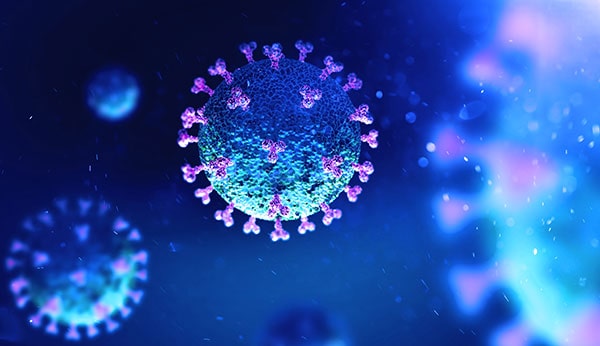Language’s fix to a world problem
In dedication to Dr. Li Wenliang
As a sudden outbreak with untold global health implications, the 2019 Coronavirus exemplifies a crisis scenario where the quality and character of the immediate response has the power to shape future efforts to tackle this incident and others like it. Seen from a global communications standpoint, the development of 2019-nCov is thematically all too familiar. As organizations and governments with the power to take up action, the need for effective communication and a coordinated, collaborative effort grows more apparent every day.
In this respect, the Coronavirus outbreak echoes some of the latest cinematic efforts to tackle the theme of a global existential crisis – most notably, in the 2016 suspense drama “Arrival.” In the film, an unknown alien presence reaches different nations on Earth in separate ships, immediately calling the world’s major powers to full alert. When a misinterpretation of the alien language causes the world to turn on itself, threatening mutually assured destruction, it is ultimately the heroism of a world language expert willing to question prevailing assumptions that saves the day.
The concept of a hero in hard times offers a tangible, personified agent of hope with striking parallels to real-world circumstances. The mission of the language expert to attain an accurate translation calls to mind World Health Organization Director General Dr. Tedros Adhanom Ghebreyesus’s recent statement on the Coronavirus: “This is the time for science, not rumors. This is the time for solidarity, not stigma.”
Indeed, it is not heroic language experts alone who are stepping forward to advocate for transparency and precise information. Google and the World Health Organization have worked together to provide accurate Coronavirus tips and directions when a search is made on the engine. TikTok, Facebook and Twitter are among the media giants working to curb the spread of misinformation surrounding the disease.
Meanwhile, the initiative for collaboration at the policy and industry levels, complemented by more transparent information-sharing between nations, has opened the door for companies like Gilead to step in. Following a promising trial in the United States, the biopharma company has introduced an experimental antiviral medicine called Remdesivir as a treatment for Coronavirus symptoms in China. The diverse, collaborative response to 2019-nCov relates closely to the thematic arch in the film, “Arrival,” where open, cross-cultural communication prevails to save the world.
The Coronavirus illustrates the need for transparent global communications; without the collaboration of social media platforms and health organizations, Gilead’s treatment would not have the reach that it presently does. This opportunity for cross-border collaboration that the virus presents is something to embrace, not only now, but also in the future as we prepare for the next viral outbreak — regardless of its country of origin. In this sense we can step up to be our own heroes, strengthening our shared global response system to threats like the one we now face.
Our hope at CSOFT, as a team of dedicated language experts working within China and across the globe, is to be a source of support and leadership wherever possible in the coming phases of this global effort. The indispensable role of the work we do, so often in the background, has never been so acutely apparent or vital to our own ability to weather this crisis. We look to our language experts, who possess the power of cross-border open communication, to bring the message of hope and unite the global community against a common threat, in this case the Coronavirus. As our team adapts to these changing circumstances to continue its work delivering solutions for stakeholders across the globe, we are finding optimism and hope in the strength of what we have always valued most: the power of communication.
-Dr. Hope at CSOFT Health Sciences
